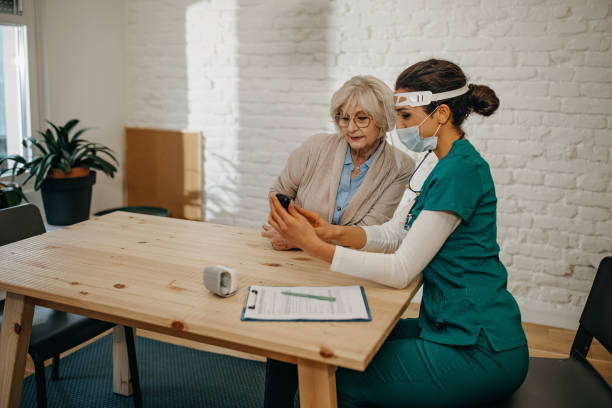Hypoglycemia, also known as low blood sugar, is a condition that occurs when the level of glucose (sugar) in the blood is too low to properly fuel the body. It can cause a range of symptoms that can vary in severity and duration. If left untreated, hypoglycemia can lead to more serious health problems, such as unconsciousness, seizures, and even coma.
Here are the signs and symptoms of hypoglycemia:
Shakiness and unsteadiness: This can include trembling, weakness, and difficulty standing or walking.
Hunger: A strong craving for food, especially sweets, is a common symptom of hypoglycemia.
Sweating: People with hypoglycemia may experience excessive sweating, especially on the forehead.
Rapid heartbeat: A fast heartbeat or palpitations can be a sign of low blood sugar levels.
Confusion and disorientation: Hypoglycemia can cause confusion, disorientation, and even unconsciousness.
Dizziness or lightheadedness: This can be caused by the sudden drop in blood sugar levels, leading to a decrease in blood flow to the brain.
Blurred vision: Hypoglycemia can cause temporary vision changes, such as blurred vision or double vision.
Nausea: Some people may feel sick to their stomach or experience vomiting.
If you experience any of these symptoms, it is important to take action to treat hypoglycemia as soon as possible. Here are some treatment options:
Eat or drink a quick source of sugar: This can include a glass of juice, a candy bar, or a handful of raisins.
Wait 15 minutes and check your blood sugar: After eating or drinking a source of sugar, wait 15 minutes and check your blood sugar levels again. If they are still low, repeat the process.
Long-term treatment: If you are prone to hypoglycemia, you may need to make changes to your diet and lifestyle to prevent low blood sugar levels from recurring. This can include eating regular, balanced meals and snacks, avoiding skipping meals, and adjusting your medication or insulin doses.
Wear a medical identification bracelet: If you are prone to hypoglycemia, it is important to wear a medical identification bracelet that indicates your condition. This can help ensure that you receive prompt and appropriate medical treatment in the event of an emergency.
In conclusion, hypoglycemia is a condition that occurs when the level of glucose in the blood is too low. It can cause a range of symptoms, including shakiness, hunger, sweating, rapid heartbeat, confusion, and dizziness. To treat hypoglycemia, it is important to eat or drink a quick source of sugar, wait 15 minutes, and check your blood sugar levels. If you are prone to hypoglycemia, you may need to make changes to your diet and lifestyle to prevent low blood sugar levels from recurring. It is also important to wear a medical identification bracelet in case of an emergency.

 Home
Home Health
Health Diet & Nutrition
Diet & Nutrition Living Well
Living Well More
More












